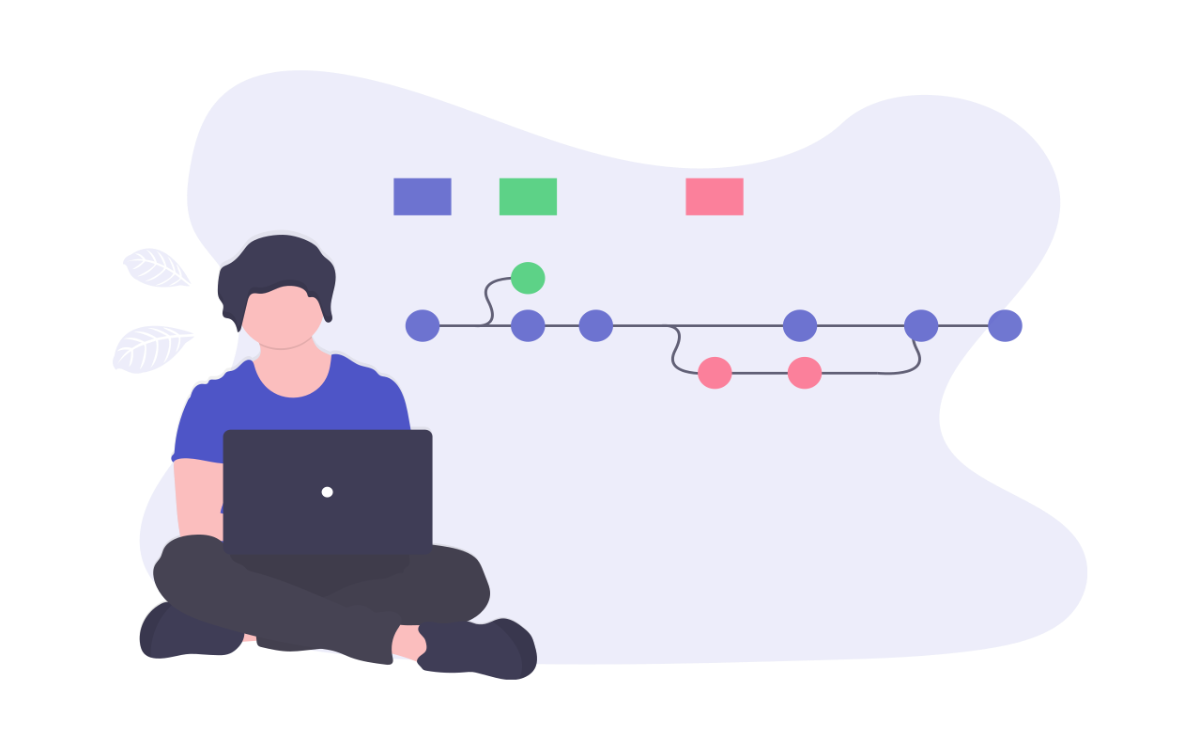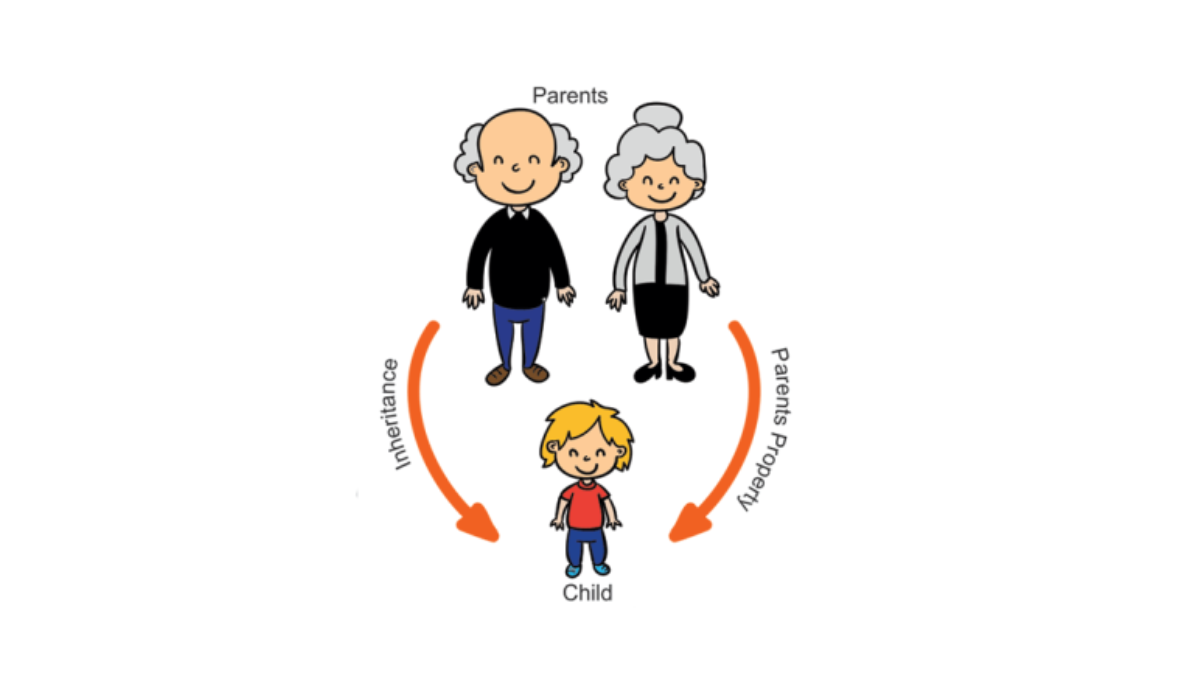Data structures are a fundamental aspect of software engineering and computer science, providing essential means to organize, manage, and store data efficiently. They are critical for designing efficient algorithms and play a vital role in a wide range of applications. This article will introduce you to the core concepts of various data structures, their types, and their importance in software engineering. In future articles, we will delve deeper into each data structure, exploring their use cases with examples and language-specific implementations.
What are Data Structures?
Data structures are specialized formats for organizing and storing data. They enable efficient data access and modification, which is crucial for both simple applications and complex systems. Different data structures are suited for different tasks, and choosing the right one can significantly impact the performance and scalability of your application.
Types of Data Structures
1. Arrays
- Definition: Arrays are collections of elements identified by index or key, stored in contiguous memory locations.
- Use Case: Quick access to elements using an index.
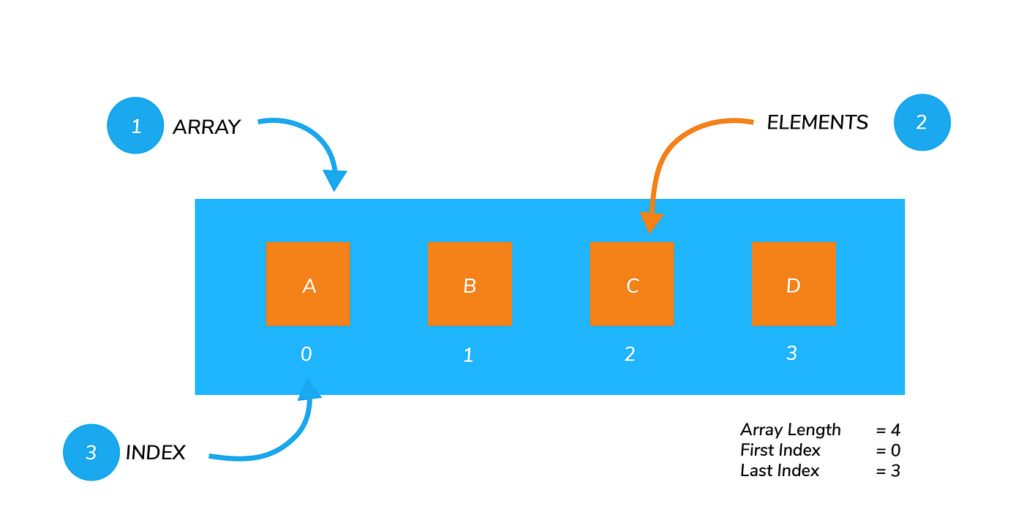
2. Linked Lists
- Definition: Linked lists are linear collections of nodes, where each node contains data and a reference (link) to the next node in the sequence.
- Types: Singly linked list, doubly linked list, circular linked list.
- Use Case: Efficient insertions and deletions.
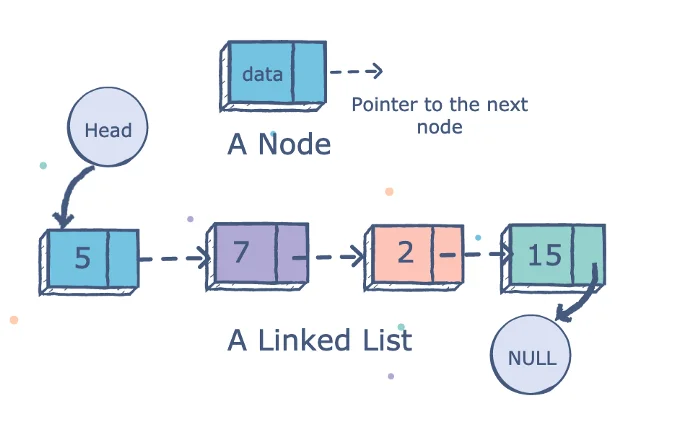
3. Stacks
- Definition: Stacks are collections of elements that follow the Last In, First Out (LIFO) principle.
- Use Case: Undo functionality in text editors, expression evaluation.
- Operations:
push(insert),pop(remove),peek(retrieve top element without removing).
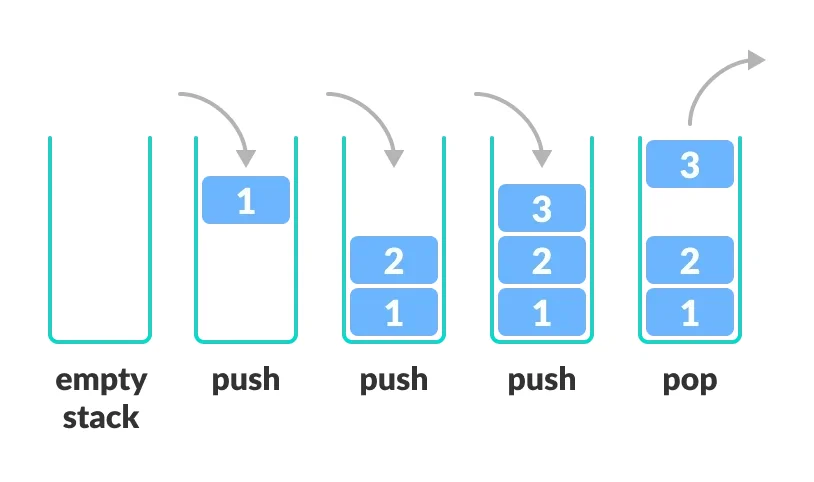
4. Queues
- Definition: Queues are collections of elements that follow the First In, First Out (FIFO) principle.
- Types: Simple queue, circular queue, priority queue, double-ended queue (deque).
- Use Case: Task scheduling, handling requests in web servers.
- Operations:
enqueue(insert),dequeue(remove).
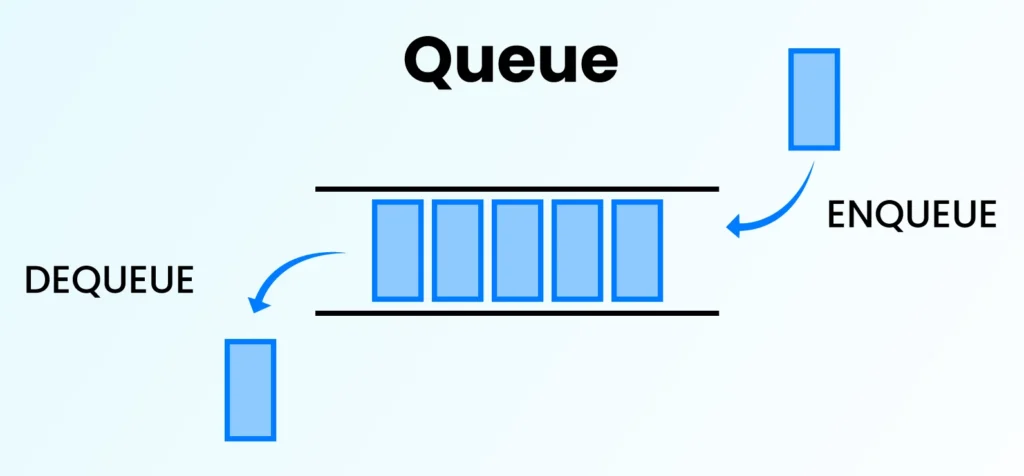
5. Trees
- Definition: Trees are hierarchical data structures consisting of nodes, with a single node designated as the root and all other nodes forming a parent-child relationship.
- Types: Binary tree, binary search tree, AVL tree, red-black tree, B-tree.
- Use Case: Representing hierarchical data, efficient searching and sorting.

6. Graphs
- Definition: Graphs are collections of nodes (vertices) and edges (connections) where nodes may be connected to multiple other nodes.
- Types: Directed graph, undirected graph, weighted graph.
- Use Case: Social networks, routing algorithms, dependency resolution.
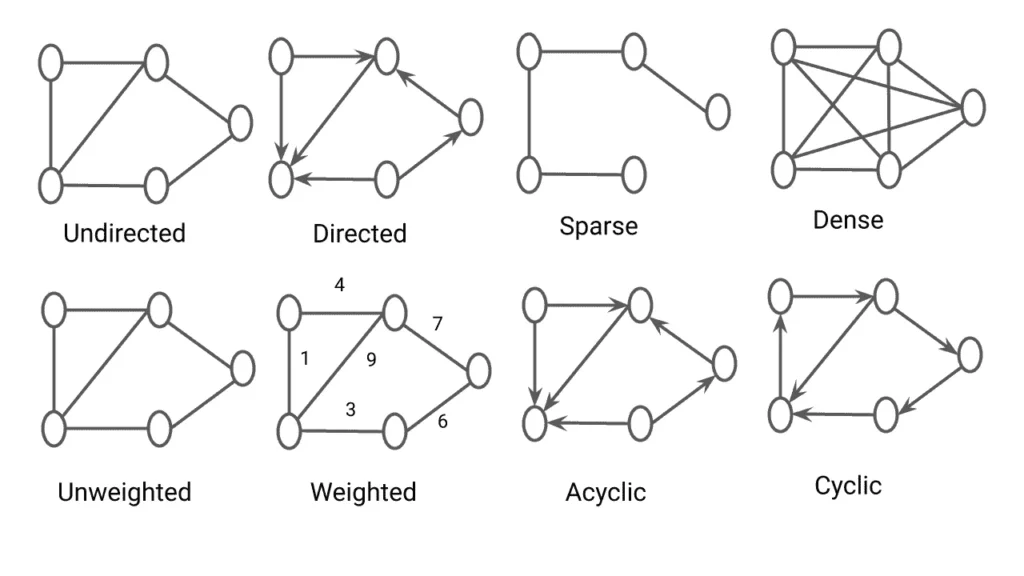
7. Hash Tables
- Definition: Hash tables map keys to values for efficient lookup.
- Use Case: Database indexing, caching, associative arrays.
- Operations:
insert,delete,search.
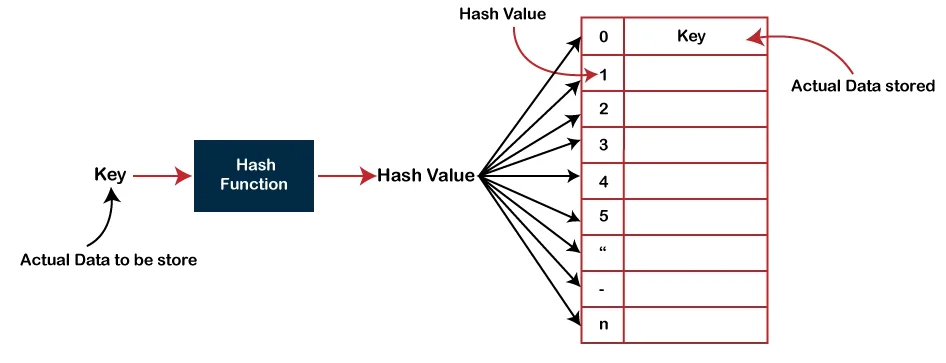
8. Heaps
- Definition: Heaps are specialized tree-based data structures that satisfy the heap property (min-heap or max-heap).
- Use Case: Priority queues, heap sort.

9. Tries
- Definition: Tries are tree-like data structures used to store a dynamic set of strings, where each node represents a character of the string.
- Use Case: Autocomplete features, spell checkers.
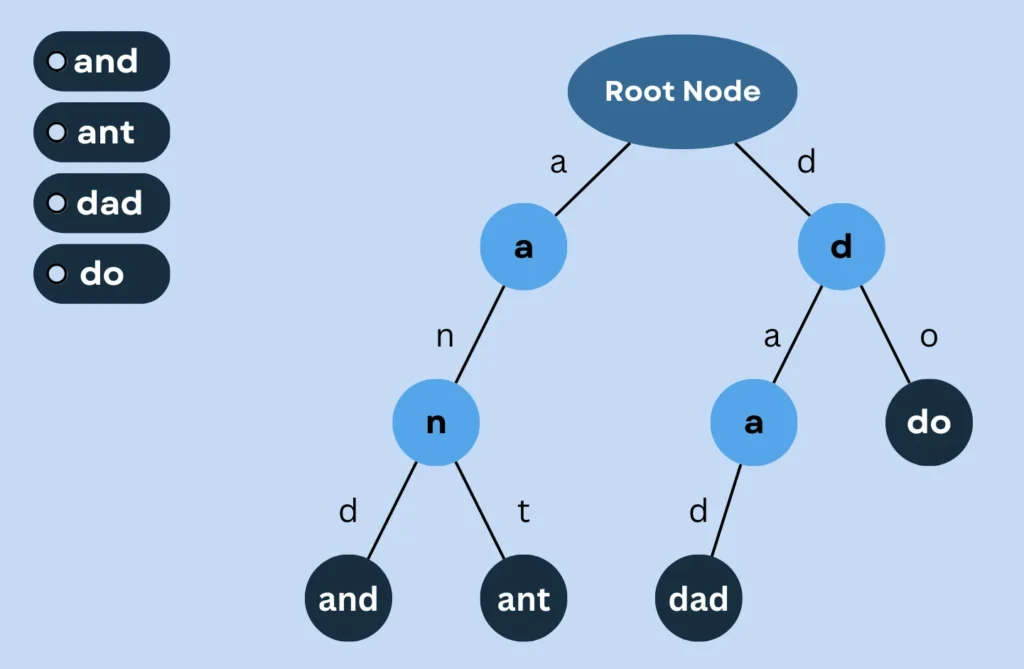
Choosing the Right Data Structure
Selecting the appropriate data structure depends on the specific needs of the application, including factors like data access patterns, the frequency of insertions and deletions, and memory usage constraints. Understanding the strengths and weaknesses of each data structure is key to making optimal choices.
Mastering data structures is essential for any software engineer. It involves understanding their properties, knowing their applications, and being able to choose the right data structure for the task at hand. This knowledge not only enhances the efficiency and performance of software applications but also equips engineers with the tools to tackle complex problems effectively.
In our upcoming articles, we will will discuss deeper into each of these data structures. We will provide detailed explanations, practical examples, and explore their implementations in various programming languages. Stay tuned for a comprehensive exploration of these each data structures, discussed in detail with real-world applications and coding examples.

